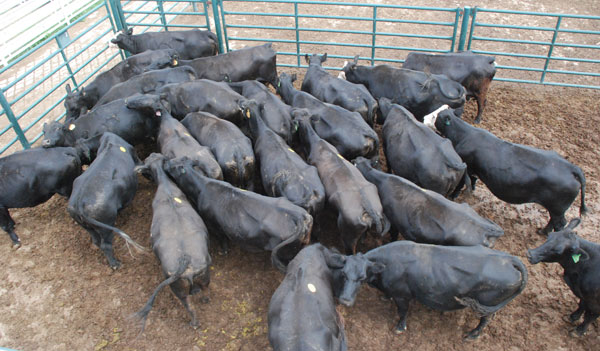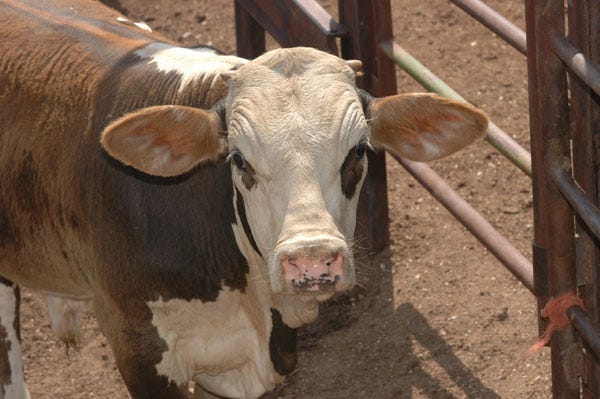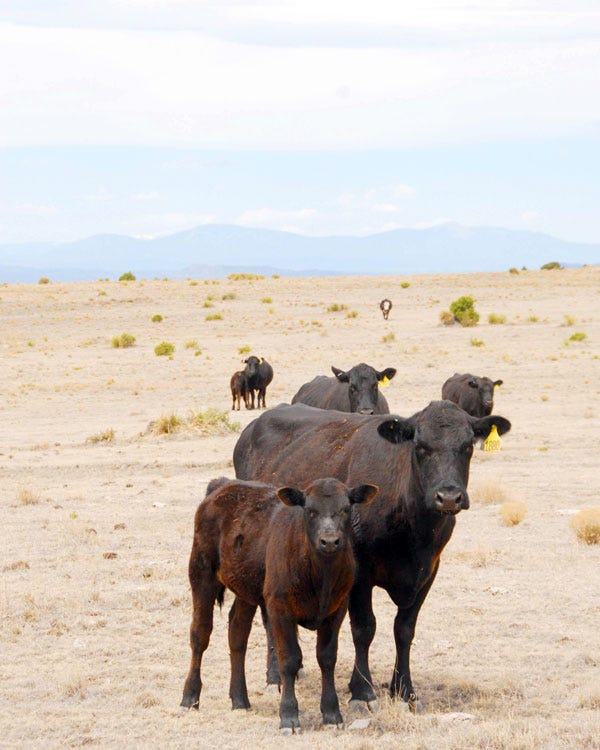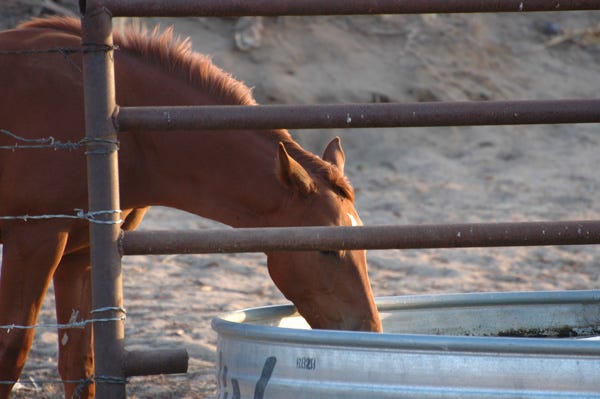5 Trending Headlines: Cow slaughter keeps climbing; PLUS: Culling in a drought
Indicating that the expansion phase of the current cattle cycle is slowing, beef cows are heading to town in increasing numbers. That and more awaits you in this week’s Trending Headlines.

Beef cow harvest numbers keep climbing
Giving further indication that the expansion phase of the current cattle cycle is slowing, USDA’s Ag Marketing Service (AMS) reports that through mid-July, beef cow slaughter increased 11% year-over-year across all AMS regions. Cow movement to town appears heaviest on the West Coast.
Looking at AMS weekly slaughter estimates for beef and dairy cows, Regions 9 (AZ, CA, HI & NV) and 10 (AK, ID, OR & WA) are reporting volumes year-to-date of 29% and 163% higher than a year ago, an additional 95,000 head of beef-type animals entering the supply chain compared to last year. Some of this increase is due to additional slaughter plant capacity created by a new plant opening in Idaho, according to the Daily Livestock Report.
Other regions are supplying higher volumes of beef cows as well. Region 6 (AR, LA, NM, OK & TX), which has the most drought impacts so far this year, is up 10%, an additional 40,000 head. Similarly, Region 7 (IA, KS, MO & NE) is showing a 6% increase in beef cow slaughter to date. Regions 5 (IL, IN, MI, MN, OH & WI) and 8 (CO, MT, ND, SD, UT & WY) combined are up 10%. Only two regions are showing year-over-year declines. Region 1 (CT, ME, NH, VT, MA & RI) and Region 4 (AL, FL, GA, KY, MS, NC, SC & TN) are each more than 10% behind the prior year.
What’s the fall price outlook for Southeast feeder calves?

Based on the long-term trends of the feeder calf market, producers should expect prices to decline from July to November. Producers seeking higher income for feeder calves held for fall delivery should consider forward pricing to protect their investment while adding additional pounds, says University of Florida ag economics Chris Prevatt.
Cattle prices have struggled to move higher as beef supplies have been increasing. During the third and fourth quarters of 2018, record supplies of animal proteins (beef, pork, and poultry) will continue to be harvested. Cold storage levels for all meat proteins are either at or above 2017 and 5-year averages. These supplies will be a price-limiting factor, despite extremely strong export beef demand. Additionally, losses at the feedlot level are mounting and expected to continue into the fall, dampening overall price bids for replacement feeder calves.
Click here to read the complete outlook.
China's beef industry holds great potential but faces developmental challenges

While China’s potential for beef imports is huge, what’s the country’s potential tor domestic beef production? According to estimates from the USDA Foreign Agricultural Service, China is the fourth largest beef producing country in the world behind the U.S., Brazil and the European Union, according to the Oklahoma Farm Report.
2018 Chinese beef production is estimated at 7.3 million metric tons, 58% of projected U.S. beef production of 12.4 million metric tons. China has an estimated total cattle herd of 96.85 million head in 2018, slightly larger than the current U.S. herd of 94.4 million head, says Derrell Peel, livestock marketing economist at Oklahoma State University.
"The bulk of cattle production consists of an assortment of native beef breeds, known collectively as Yellow cattle, concentrated in the North China Plain, the northeast and the extensive grazing lands of the northwest. The Chinese cattle industry also includes yak production on the high Tibet plateau in the southwest and water buffalo production in the south and southeast," Peel says.
Strategies to reduce numbers during drought

There are several strategies that can help you get through a drought or feed shortage with the least negative impact on genetics. Travis Olson, Ole Farms, Athabasca, Alta., Canada, who owns 1,500 mostly Angus cows, says his general rule of thumb is to cull hardest in the classes of cattle that won’t hurt you in the long term, reports the Angus Beef Bulletin.
“In our operation, we take a lot of cattle to finish. If we are in a drought, the first group sold is yearling steers. The second thing we look at is the cow herd,” he says. “How you cull cows may depend on when your breeding season is. If you are breeding to calve in February or March and facing a drought this summer, you could ultrasound cows 60 days into the breeding season, identify your open cows and sell them early.”
Another way to find the slow breeders or poor producers is to move all the cows through the chute, perhaps when doing spring vaccinations, and put heat-detection patches on them, he adds.
West Nile cases in horses are on the rise

July is the month when mosquito pools test positive for West Nile virus, according to Karl Hoops, Utah State University Equine Extension specialist. In a few weeks, we will see birds test positive and shortly after humans and other animals, reports Utah Public Radio.
"The way the disease is spread is when the virus is put into a bird, they become what we call an amplifying host," Hoops said. "Their bodies allow that virus to replicate and get really, really concentrated within their blood. The mosquito can then bite them, suck out a small amount of that blood and then go bite a horse and then go bite a human. It then infects that mammal. Inside a mammal, when the virus gets in there it replicates, we get sick a lot easier."
About the Author(s)
You May Also Like



